How Do You Assess If Food Is Safe To Eat?
Anyone who sells food in Canada is responsible for making sure it is safe to eat. The Canadian Food Inspection Agency (CFIA) enforces federal food safety regulations for domestic and imported food. But how do you assess if the food products are safe to eat?
In Canada, consumers have a high level of trust in the companies and regulatory agencies responsible for the food supply chain and assume low responsibility for food safety. However, every member of the food supply chain is crucial in the prevention of foodborne illnesses.
How Can You Assess If Food Is Safe To Eat?
Assessing food safety means considering many factors, such as expiration dates, temperature, storage, and visual examinations. For the consumer, the date stamped on a food product is the most common starting point. While they can be a good benchmark, they refer more to a food’s quality than its safety. For instance, a best before date indicates how long food will keep its flavour, nutritional profile, and freshness in proper storage conditions. Food manufacturers determine best-by and expiration dates by considering many factors: the characteristics of the particular food and its constituent ingredients, the packaging, and the temperature at which the food should be stored.
Internal temperature is a good indicator of food safety. Food facilities must keep their thermometers finely calibrated to ensure any pre-cooked foods are processed correctly. At home, consumers should keep a food thermometer handy so that their meat and poultry reach a safe minimum internal temperature before consumption, even if the product is pre-cooked.
The final step for most people is a visual and olfactory inspection of the food. The presence of mould, discolourations, smells, and other suspicious signs will indicate the food is spoiled and can cause illnesses. However, it is impossible to see, smell, or taste many of the pathogens that cause foodborne illnesses. Consumers must follow the proper cooking and storage instructions given by the company, as well as using their discretion, before consuming a food product.
What Are The Proper Storage Temperatures For Food?
At both the processing and consumer level, people can trust the safety of food better if they are storing it in the proper conditions. Refrigerator temperatures should be set at 4.5°C (40°F) or lower, and freezers should be at -17°C (0°F). Facilities should calculate proper storage instructions and include them for the consumer.
Most bacteria grow on food when the temperatures are between 4°C and 60°C (40°F - 140°F). In the food industry, this is referred to as the "danger zone." Extended time left in these temperature conditions allows bacteria to multiply and increase the risk of foodborne illness. Foods that can be contaminated by or support the growth and sustenance of pathogens (bacterias that cause disease or illness) are known as potentially hazardous foods (PHFs).
What Are Potentially Hazardous Foods?
PHFs are perishable foods that will spoil if left at room temperature. These include:
- Foods that are of or contain ingredients that come from animals, such as meat, milk, eggs, fish, shellfish, poultry
- Plant-based foods or ingredients like vegetables, beans, and fruit, as well as those that have been cooked
- Raw sprouts like beans, alfalfa, and radishes
- Soya protein products like soy milk and tofu
- Cooked starch like rice and pasta
Perishable foods such as raw meat, poultry, seafood, eggs, and dairy products are at the highest risk of contamination, as these foods spoil more quickly at room temperature than others. Food facilities must have handling processes that take these into account.
Can Bacteria Grow On Food That Has Been Cooked Or Frozen?
Cooking and freezing food are not foolproof ways of destroying the pathogens that cause foodborne illnesses. Bacteria can grow on cooked food, especially if that food is moist and rich in nutrients, and some strains can even survive the cooking process. They can also survive freezing if they are mishandled, and foodborne pathogens can reach the consumer this way.
At every stage of the food supply, the proper temperature is key. If someone leaves raw animal products in the danger zone range of temperatures for too long, bacteria may grow and produce toxins. Those toxins are heat resistant, meaning cooking with high temperatures won't destroy them. Even if the consumer follows the right preparation instructions, mishandled meat, fish, and poultry may not be safe to eat.
Whether it is at home or in a food processing facility, safe food-handling practices are a good defence against foodborne illness. Food processing facilities must adhere to strict handling procedures and offer correct preparation instructions to retain the trust of Canadian consumers!
What Is The Importance Of Food Safety Procedures?
The only way to ensure the sale of safe food and the prevention of food poisoning is ensuring that everyone who handles and works in the facility understands the food safety procedures in their facility. They must understand how food can become contaminated in the first place, the different types of food contamination, and which foods are high-risk (raw meat and poultry, unwashed vegetables, etc.).
The procedures must explain to everyone how to safely store, refrigerate, thaw, and prepare food, how to effectively clean and sanitize surfaces, equipment, and utensils, and understand why personal hygiene and appropriate workplace behaviour are necessary for food safety, too.
While the principles are the same, food safety procedures are not the same for every company. You must have a system that is customized to the size and layout of the facility, the type of ingredients handled, stored, and processed, and the final food product. A solution designed for your company starts with a third-party GAP assessment of your processes to see the weaknesses on which you can improve. Quantum Food Solutions has experts with a wealth of knowledge who can conduct a GAP assessment for your facility.
Frequently Asked Questions About Food Safety Assessment
Food safety risk assessment is the process of determining how much harm a particular food poses. This not only includes hazards to humans, but also any negative effects on animals or ecosystems such as pollution from waste products and overfishing caused by industrial fishing vessels. The most important aspect in relation to this is that it must be approached with scientific research and statistical data rather than just anecdotal evidence which may skew interpretation of reality without sufficient factual support for its claims.
The date's fine, but don't you smell something fishy? Your nose is telling you to pass on any fresh food that has a strange odor or look. Keep food fresh, separated and handled with care. Place your meats in plastic bags so they won't leak onto other foods while shopping for groceries and separate them from vegetables, fruit, and anything else meant to be eaten raw. These are only a few tactics and common sense measures.
Following safety procedures and thinking through a cooking arrangement is crucial as a preventative measure. The bacteria and foreign matter in uncooked matter can cause food poisoning and you won't know it until after they've infected your system with a stomachache, fever, nausea and vomiting that lasts for days on end! For instance, wash hands thoroughly before cooking anything else to avoid passing germs back onto ready-to-eat foods such as meats which may go into salads at lunchtime.



